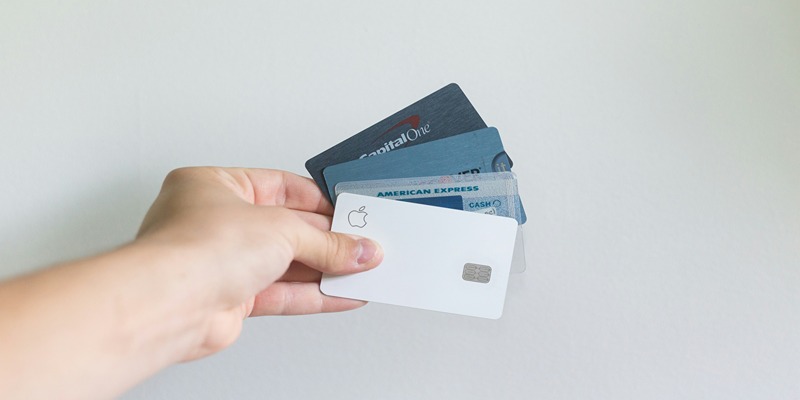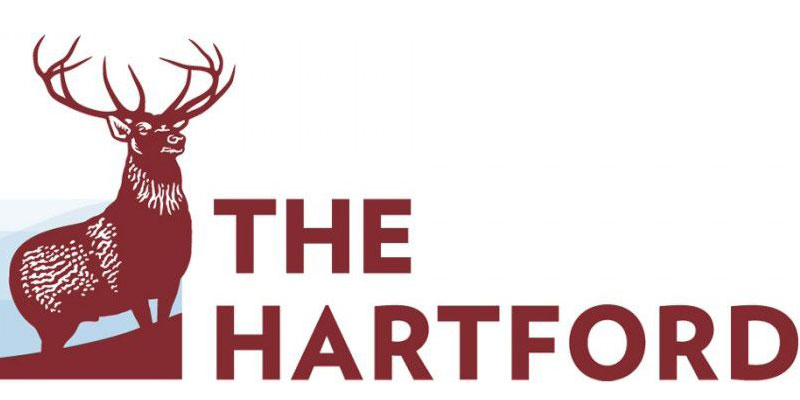In 2024, the world of debt relief is revealed as a new set of dynamics that are essential for individuals facing financial challenges. This year, a range of developed debt relief programs appears, aimed at solving different fiscal issues. These more advanced solutions provide customized strategies for debt management. This landscape needs to be navigated through a critical analysis of the options available and their effects. This article intends to provide the readers with the knowledge to enable them to make informed decisions that will enable them to restore financial balance.

Understanding Debt Relief Programs in 2024
There are different relief programs from debt available, each depending on the specific financial situation. Such include debt consolidation loans that combine several debts into one with relatively lower interest rates, providing a convenient method of managing debts. Credit counseling services offer professional advice on finance and also assist in negotiating favorable repayment terms with creditors. Debt settlement programs aim at negotiating to reduce the amount owed, but they affect the credit score and attract fees. Finally, bankruptcy is still an available option for those desiring a clean slate, even though it has serious long-term consequences for creditworthiness. In selecting the appropriate program, one must take into account his or her financial status and future aspirations.
Evaluating 2024's Debt Relief Options
Factors to Consider When Selecting a Program
The choice of a debt relief program in 2024 requires a thorough analysis of several crucial points. First, assess the reputation and success rate of the program. Look into the past performance of the service providers and check the customers’ reviews or testimonials. Second, know the fees and prices of the program. Some of the programs may have hidden fees, and this is why it is crucial to know all possible costs. Second, think about the effect on your credit rating. The impact of different programs on your credit also has an influence on your future financial opportunities. Lastly, assess the program's timeframe. Reflect on the time it will take you to become debt-free and compare it to your financial objectives.
How to Assess Your Financial Situation
In order to adequately evaluate your financial status in 2024, create a comprehensive list of all debts, including the amounts owed, interest rates, and monthly payments. This clarifies the total debt load. After that, analyze your income and develop a detailed budget that includes all sources of income and expenditure. This will allow you to figure out how much you can reasonably pay on your debts every month. You should also take your long-term financial goals and how your current debts affect these goals into account. Furthermore, think about any possible alterations in your financial circumstances in the near term, such as a change in employment or other major life events, as these may affect your capacity to stick to a debt relief program. This in-depth analysis paves the way for choosing the best debt relief option for your specific circumstance in 2024.
Comparison of Popular Debt Relief Programs in 2024
The debt relief industry in 2024 presents a variety of popular programs with unique benefits and drawbacks. Comparing these alternatives can help people make a decision.
Credit Counseling Services
Many non-profit organizations offer Credit Counseling Services which are financial advice and support aimed at budgeting and debt management. These services operate through mediation with creditors to reduce interest rates or monthly payments. Although they provide professional advice and may prevent a bankruptcy, their results are largely contingent on the goodwill of the creditors.
Debt Consolidation Loans
This type of loans continue to be a preferred option for people looking to consolidate several debts into a single payment. By bringing numerous high-interest debts into a single loan that may have lower interest rates, these loans help the repayment process and save an enormous amount of interest. But, they need a positive credit score to get the best rates and may lengthen the time to repay the loan.

Debt Settlement Programs
Debt Settlement Programs are for those who cannot afford to pay their debts in full. These programs bargain with creditors to pay off a smaller sum than the one due. Although they can substantially ease debt burden, there are risks associated with them like destroying credit scores, additional fees and tax implication on forgiven debt.
Bankruptcy
While bankruptcy is considered a last resort, it provides a means of clearing many of the debts and issuing a fresh beginning. It is appropriate for people with unpayable debts and no realistic avenue to repay them. But it has serious and lingering impacts on one’s credit record and future borrowing potential.
By 2024, every debt relief program is specifically designed to meet the needs of varying financial circumstances. Hence, it is important for individuals to carefully assess their financial position, level of debt, and long-term financial goals before choosing a program. This guarantees a selection that not just solves current monetary problems but also meets future financial well-being and stability.
Legal and Financial Implications of Debt Relief
Knowing the effect on credit score is essential. The impact of different debt relief options on credit scores is also different. Debt consolidation loans can have a neutral or slightly positive outcome if they streamline payments and lower the debt quicker. Credit counseling services can also be impartial, as long as payments are made in time. But the debt settlement programs and bankruptcy can have greater negative influence. Writing off debts for less than they are owed or clearing them via bankruptcy can markedly reduce credit scores and borrowing capacities. These items usually stay on credit reports for a few years, affecting lenders’ decisions.
Conclusion
Choosing the right debt relief program requires a thoughtful weighing of the benefits, drawbacks, and consequences on one’s finances and legal status associated with each option. By examining these key factors, individuals can make choices that align with their interests and resources. In the long run, the best option in a debt relief program can lead to financial security and a bright future without debts.




